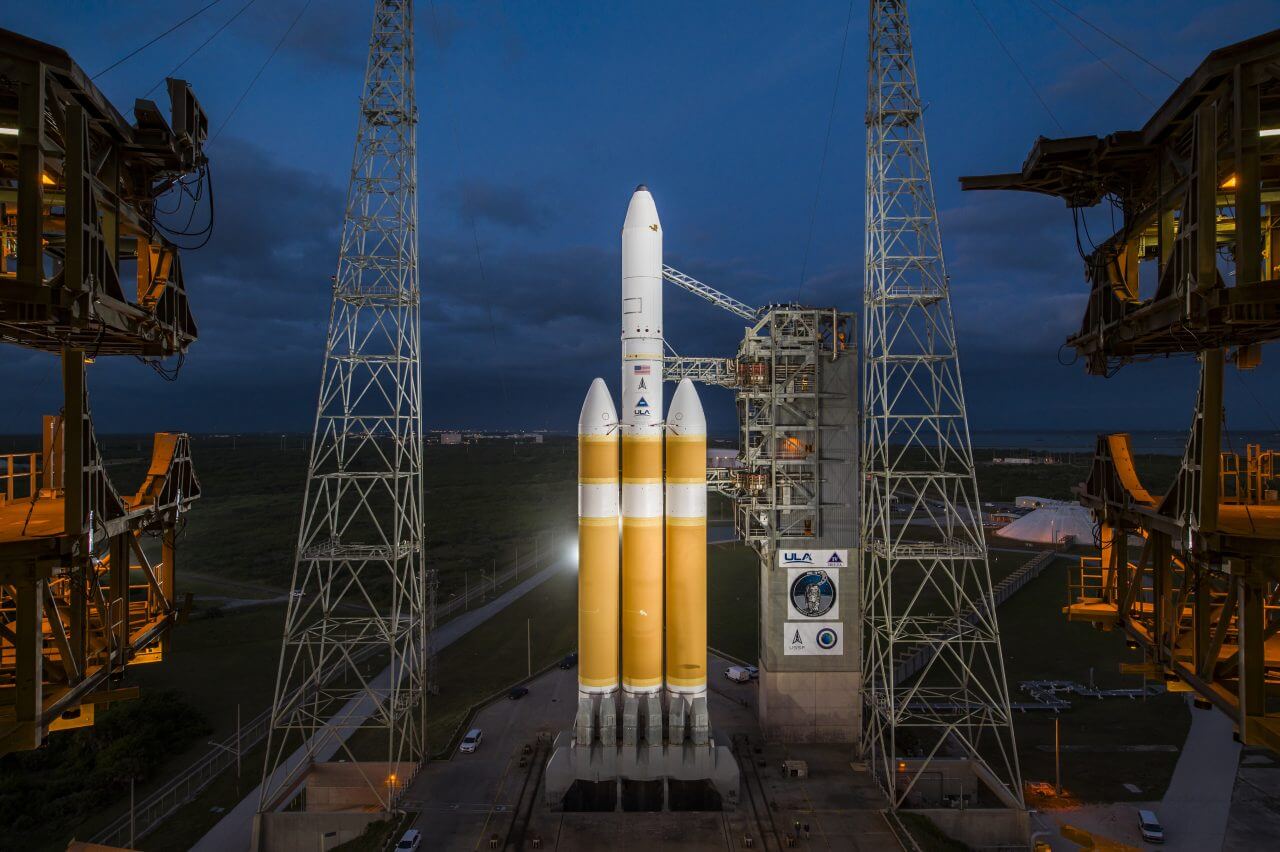Researchers have come up with a plasma-based method for producing and separating oxygen within the Martian environment.
Converting carbon dioxide to oxygen and producing fuels and fertilizers on the Red Planet using a[{” attribute=””>plasma-based method.
A plasma-based way to produce and separate oxygen within the Martian environment has been devised by an international team of researchers. It’s a complementary approach to NASA’s Mars Oxygen In-Situ Resource Utilization Experiment (MOXIE), and it may deliver high rates of molecule production per kilogram of instrumentation sent to space.
Such a system could play an essential role in the development of life-support systems on Mars. It could also produce the feedstock and base chemicals necessary for processing fuels, building materials, and fertilizers.
In the Journal of Applied Physics, from AIP Publishing, the researchers presented a method for harnessing and processing local resources to generate products on Mars. Because the atmosphere is primarily formed by carbon dioxide that can be split to produce oxygen, and its pressure is favorable for plasma ignition, natural conditions on the red planet are nearly ideal for in situ resource utilization by plasmas. The team included scientists from the University of Lisbon, the Massachusetts Institute of Technology, Sorbonne University, Eindhoven University of Technology, and the Dutch Institute for Fundamental Energy Research.
There are two big hurdles that stand in the way of producing oxygen on Mars.

Carbon dioxide plasma created at the Laboratoire de Physique des Plasmas, Ecole Polytechnique in France and used in the research on harnessing and processing local resources to generate products on Mars. Credit: Olivier Guaitella
“First, the decomposition of carbon dioxide molecules to extract oxygen. It’s a very difficult molecule to break,” said author Vasco Guerra, of the University of Lisbon. “Second, the separation of the produced oxygen from a gas mixture that also contains, for example, carbon dioxide and carbon monoxide. We’re looking at these two steps in a holistic way to solve both challenges at the same time. This is where plasmas can help.”
Plasma, the fourth natural state of matter, contains free charged particles, such as electrons and ions. Electrons are light and easily accelerated up to very high energies with electric fields.
“When bulletlike electrons collide with a carbon dioxide molecule, they can directly decompose it or transfer energy to make it vibrate,” Guerra said. “This energy can be channeled, to a large extent, into carbon dioxide decomposition. Together with our colleagues in France and the Netherlands, we experimentally demonstrated the validity of these theories. Moreover, the heat generated in the plasma is also beneficial for the separation of oxygen.”
Oxygen is key to creating a breathable environment, It is also the starting point to produce fuels and fertilizers for future Martian agriculture. Local production of fuels will be required for future missions. All are crucial for future human settlement on Mars.
By dissociating carbon dioxide molecules to produce green fuels and recycle chemicals, the plasma technology may also be helpful in addressing climate change on Earth.
Reference: “Plasmas for in situ resource utilization on Mars: Fuels, life support, and agriculture” by V. Guerra, T. Silva, N. Pinhão, O. Guaitella, C. Guerra-Garcia, F. J. J. Peeters, M. N. Tsampas and M. C. M. van de Sanden, 16 August 2022, Journal of Applied Physics.
DOI: 10.1063/5.0098011

“Extreme travel lover. Bacon fanatic. Troublemaker. Introvert. Passionate music fanatic.”






More Stories
Franklin Police provide an update on the cause of death
UCF students excavate the first launch site on the Cape ahead of the 75th anniversary
Review of the novel The Bee Sting by Victor Funk